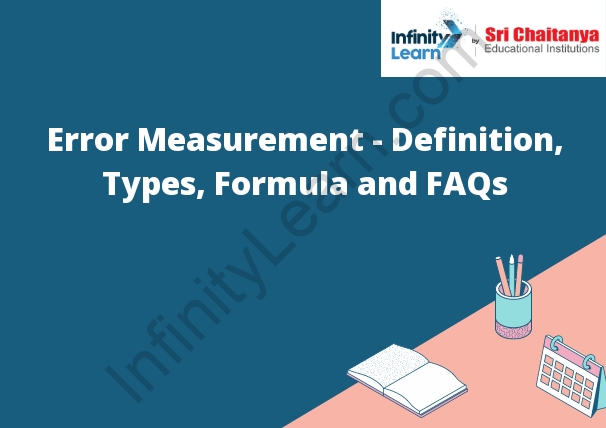Table of Contents
Types of Errors
There are three types of errors: syntax, runtime, and semantic.
Syntax errors are mistakes in the grammar of a program. For example, a program might contain a missing semicolon, or a keyword might be used in the wrong context.
Runtime errors are errors that occur when a program is running. For example, a program might try to access an invalid memory address, or divide by zero.
Semantic errors are errors in the meaning of a program. For example, a program might attempt to read or write data that doesn’t exist, or might calculate the wrong result.

A. Absolute Error
The absolute error is the difference between the approximate and exact values. It is always a positive number.
For example, if you estimate that there are 10 students in a classroom and there are, in fact, 11 students in the classroom, the absolute error is 1.
B. Relative Error
The relative error is the absolute error divided by the measured value.
C. Percentage Error
The percentage error is the difference between the experimental value and the theoretical value divided by the theoretical value and multiplied by 100%.
What is the Relative Error Formula?
The Relative Error Formula calculates the percentage difference between the actual value and the estimated value.
Relative Error and Percent Error
The percent error is the relative error expressed in terms of percent.
Percent error = (relative error)/(absolute value of relative error) × 100%
The relative error is the absolute value of the relative error.
Define Absolute Error
The absolute error is the magnitude of the difference between the estimated and actual values.
What is Absolute Error Formula
The absolute error is the difference between the true value and the estimated value. The absolute error is always a positive number.
How To Find Cumulative Error
cumulative error The error in a sequence of measurements that is the sum of the errors in the individual measurements.
on Relative Error Formula
The relative error (RE) is the absolute value of the error divided by the magnitude of the quantity to which the error is relative.
RE = |error| / |quantity|
The relative error is always expressed as a percentage.
Example:
I’m going to the store.
I’m going to the store to buy some milk.
Solution:
The answer is D.
To find the equation of a line, you need to know two points on the line. Point A is (2, 4) and point B is (6, 8). Plug these points into the equation y = mx + b to find the equation of the line.
y = mx + b
y = 4x + b
b = y – 4x
The equation of the line is y = 4x + b.
Example:
In some cases, a taxpayer may be able to exclude part or all of the gain from the sale of their home.
You may be able to exclude up to $250,000 of the gain from the sale of your home ($500,000 if you file a joint return). To qualify, you must have owned and used the home as your main home for two out of the five years before the sale.








